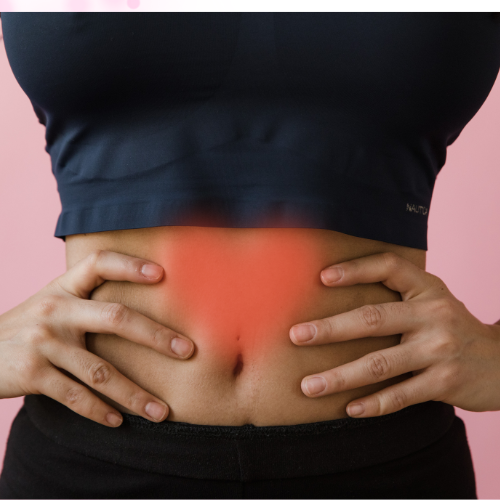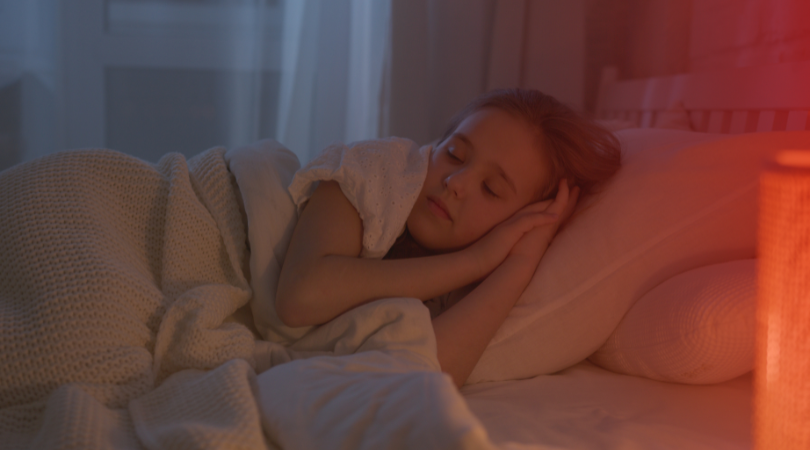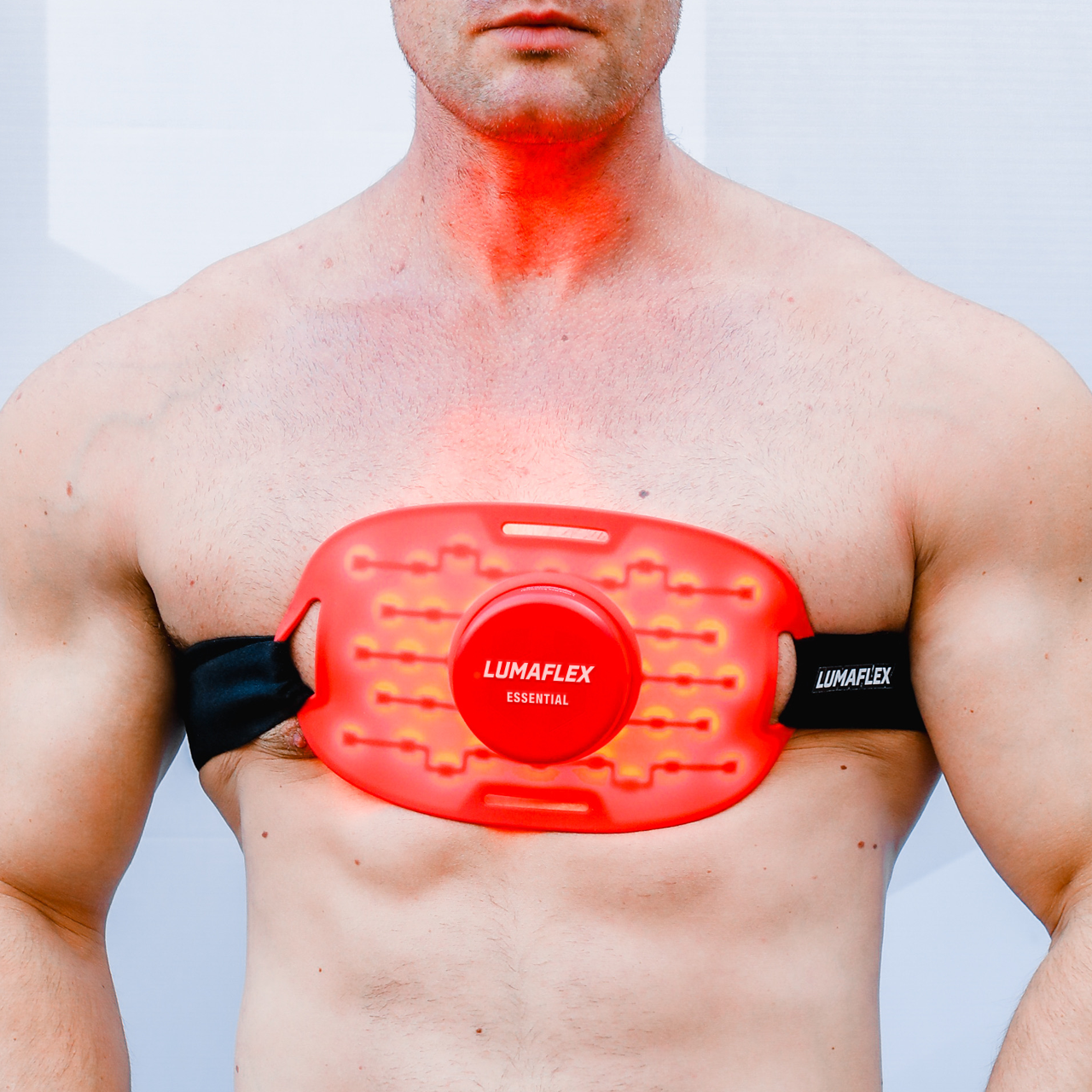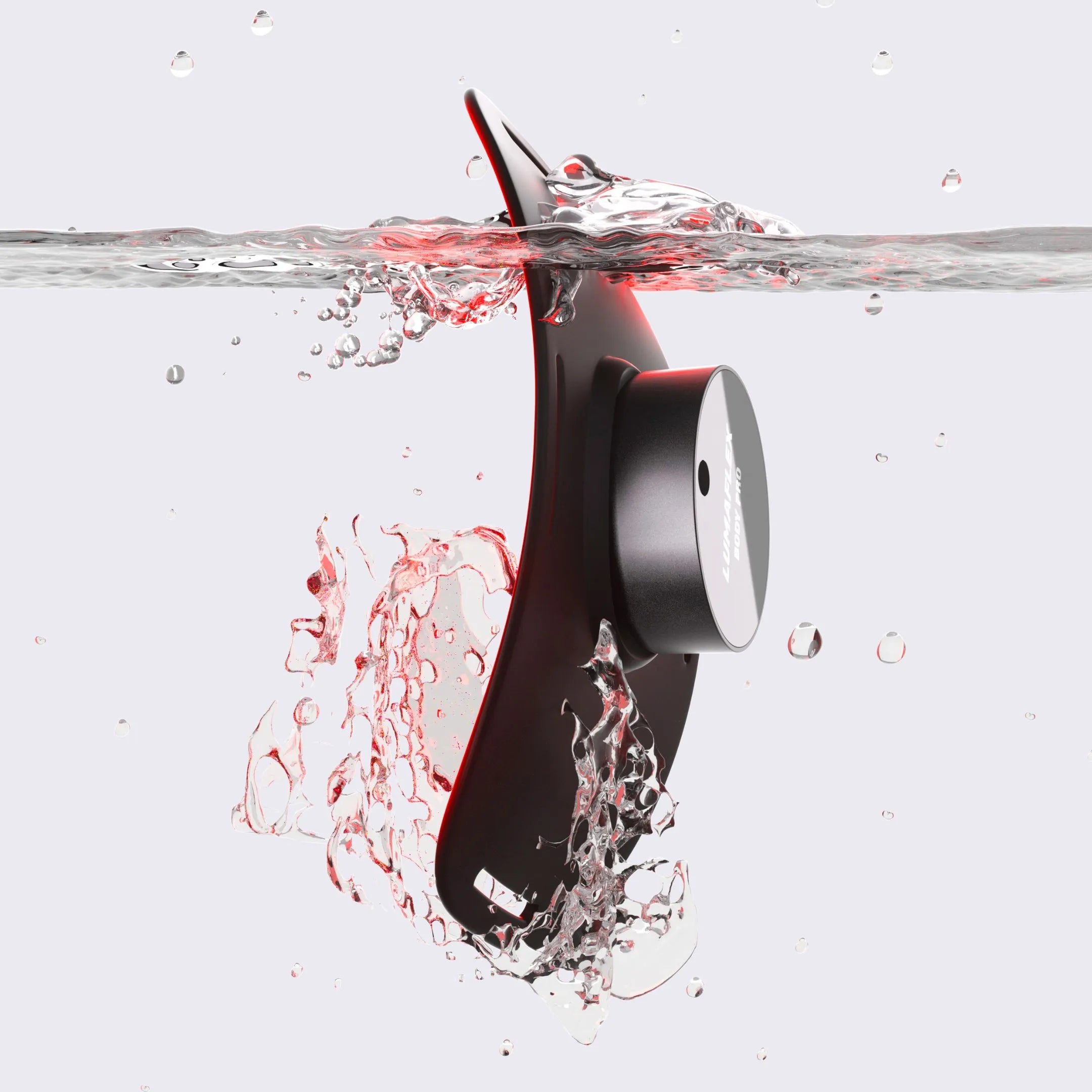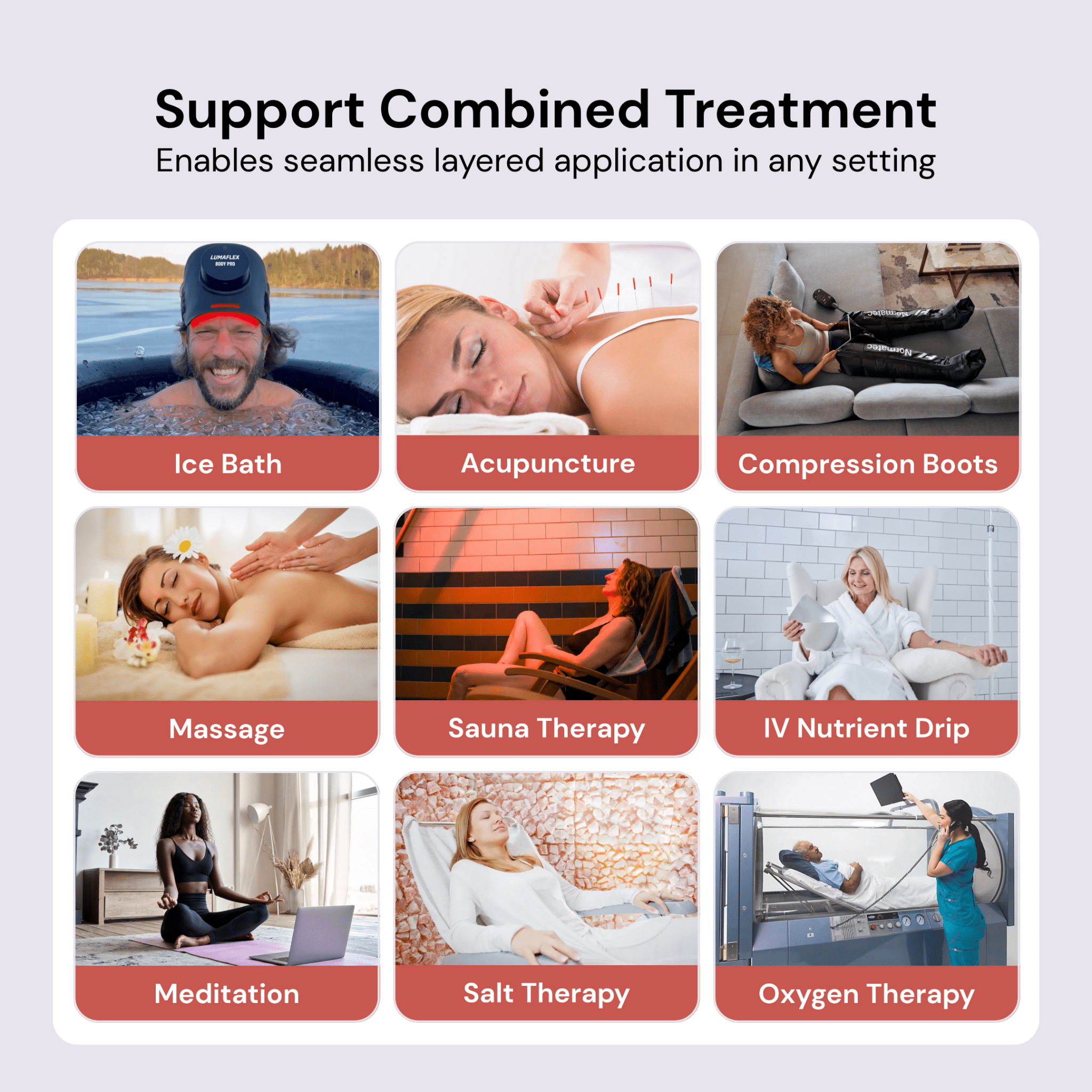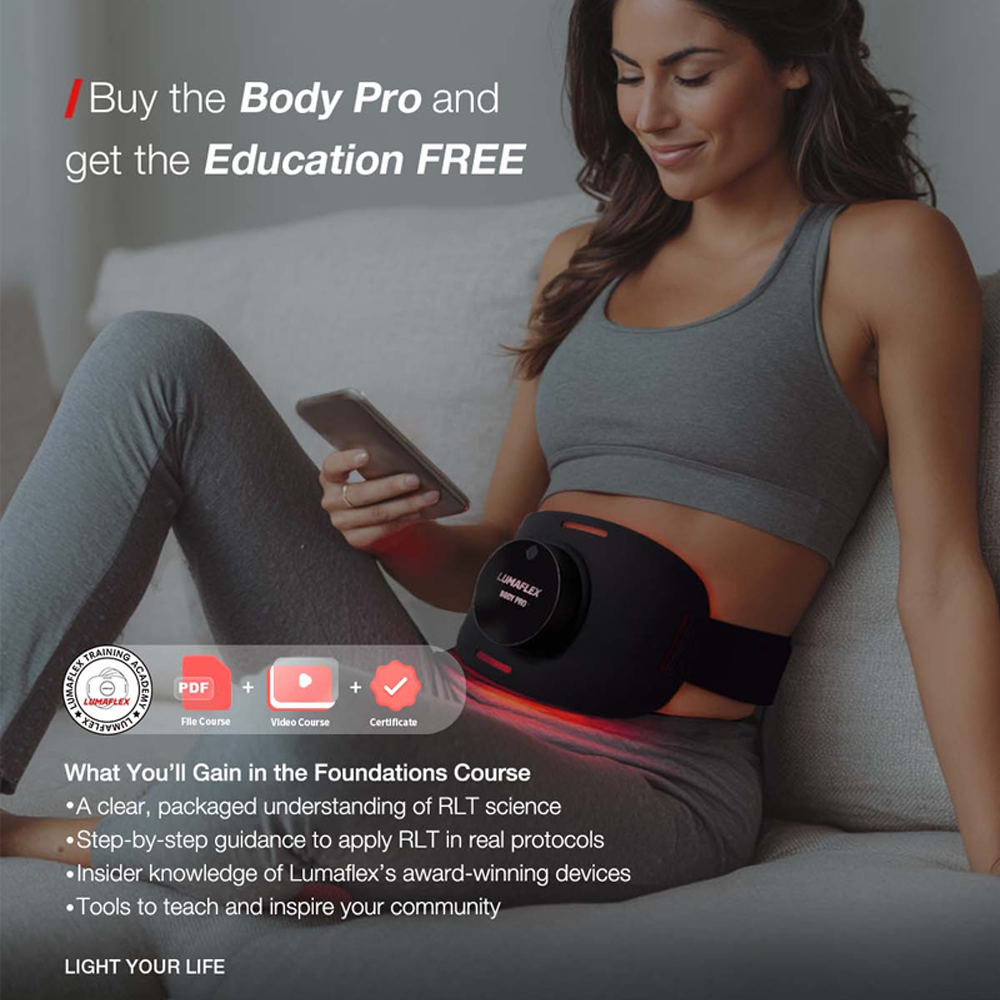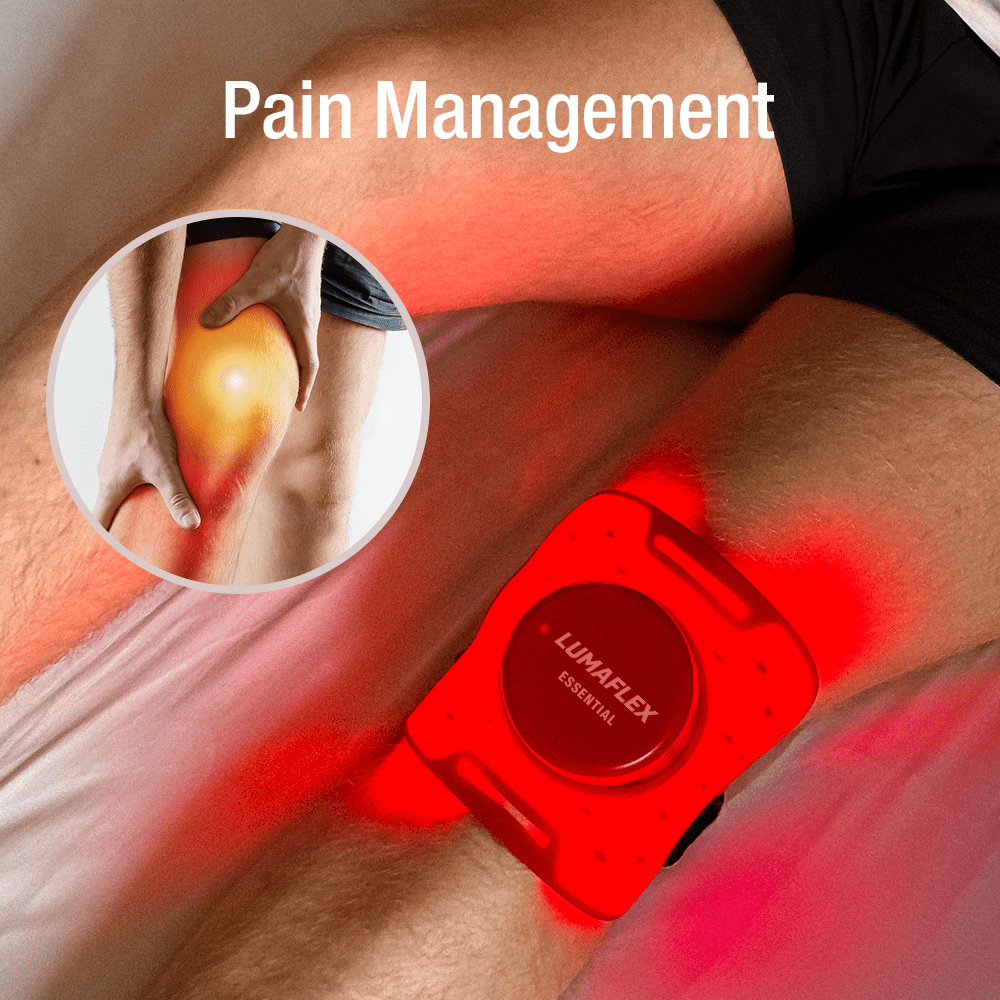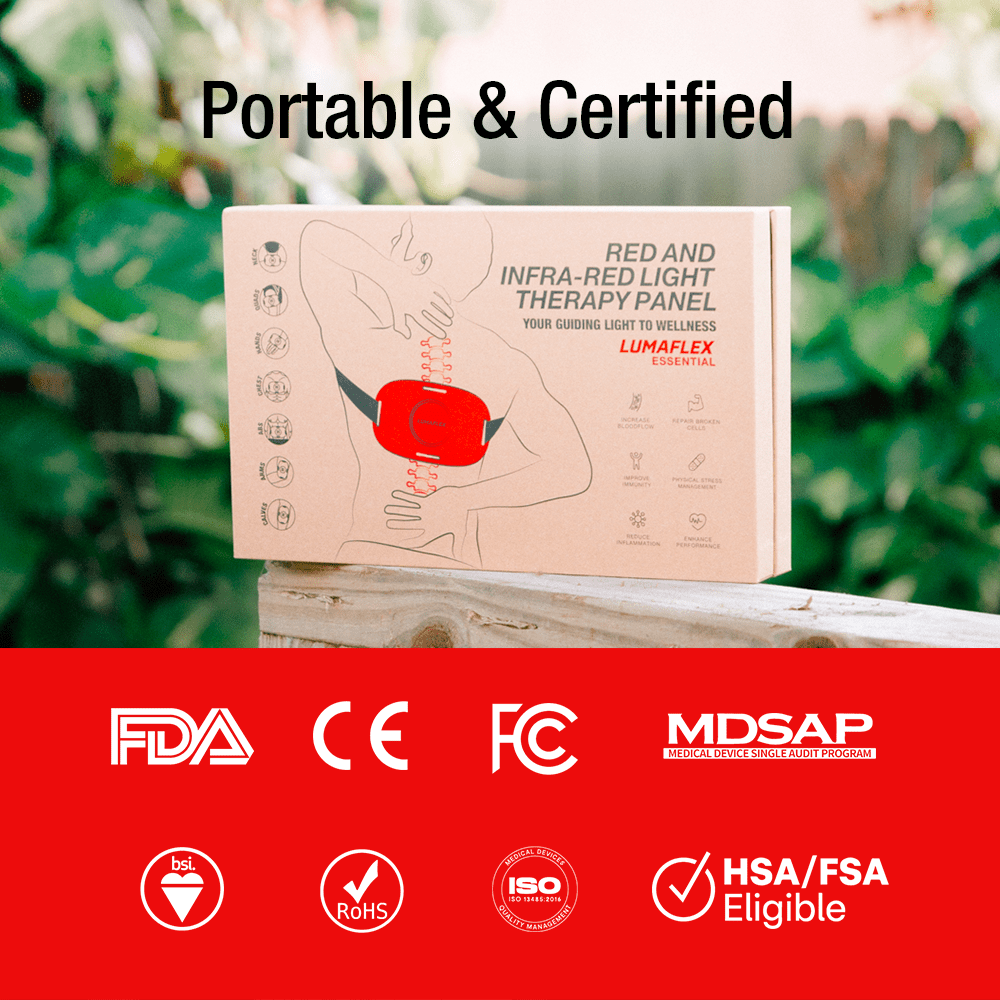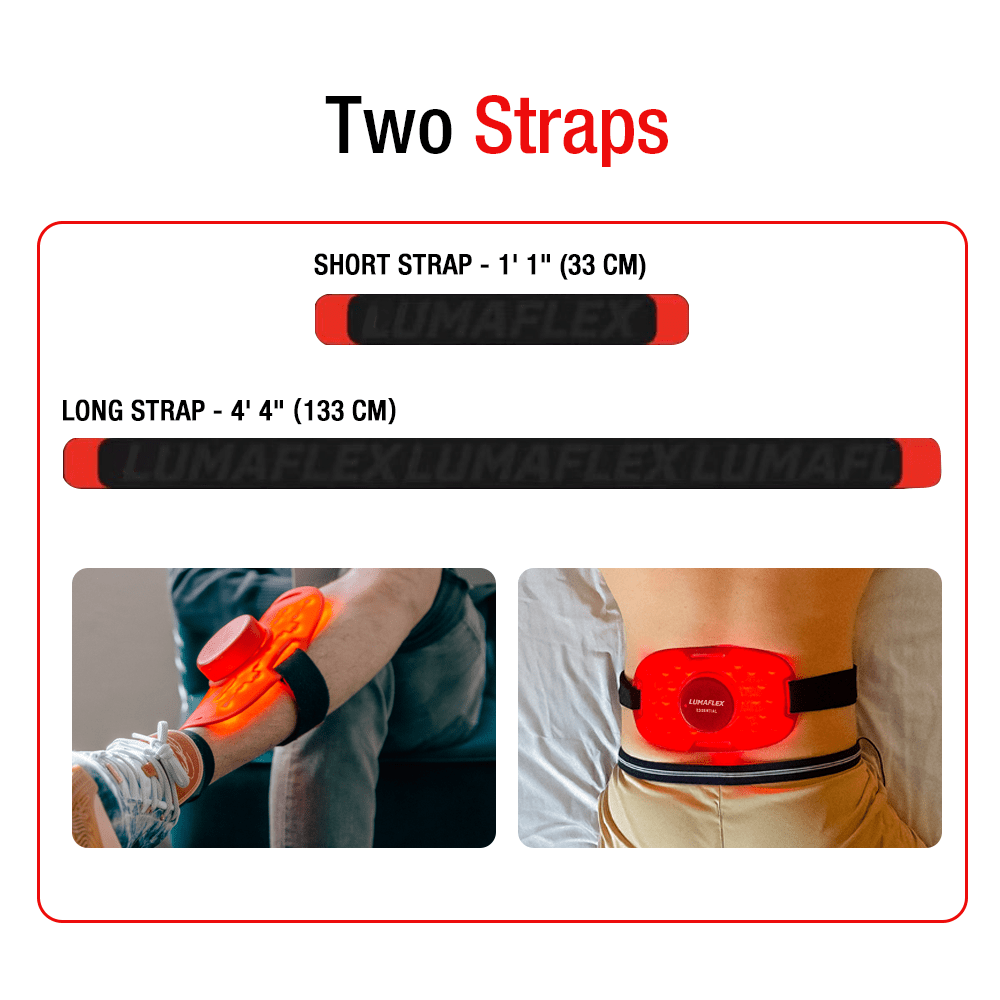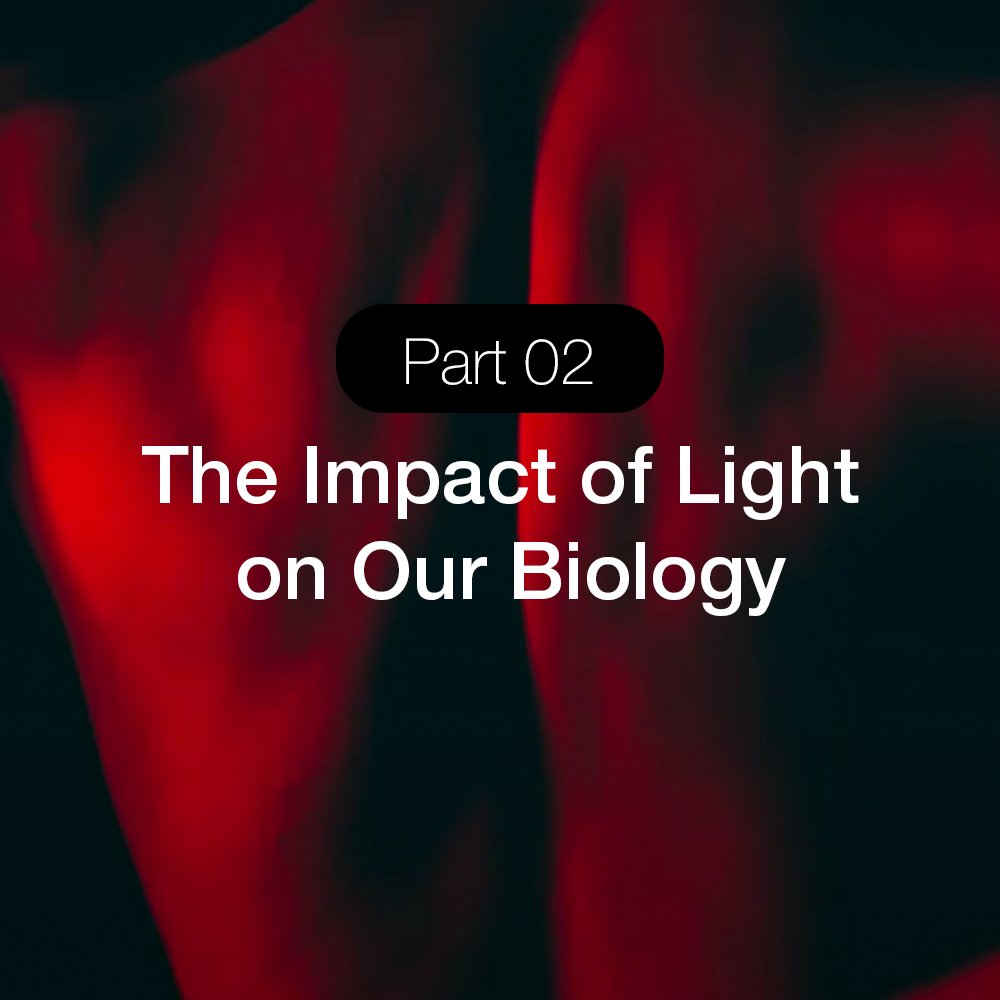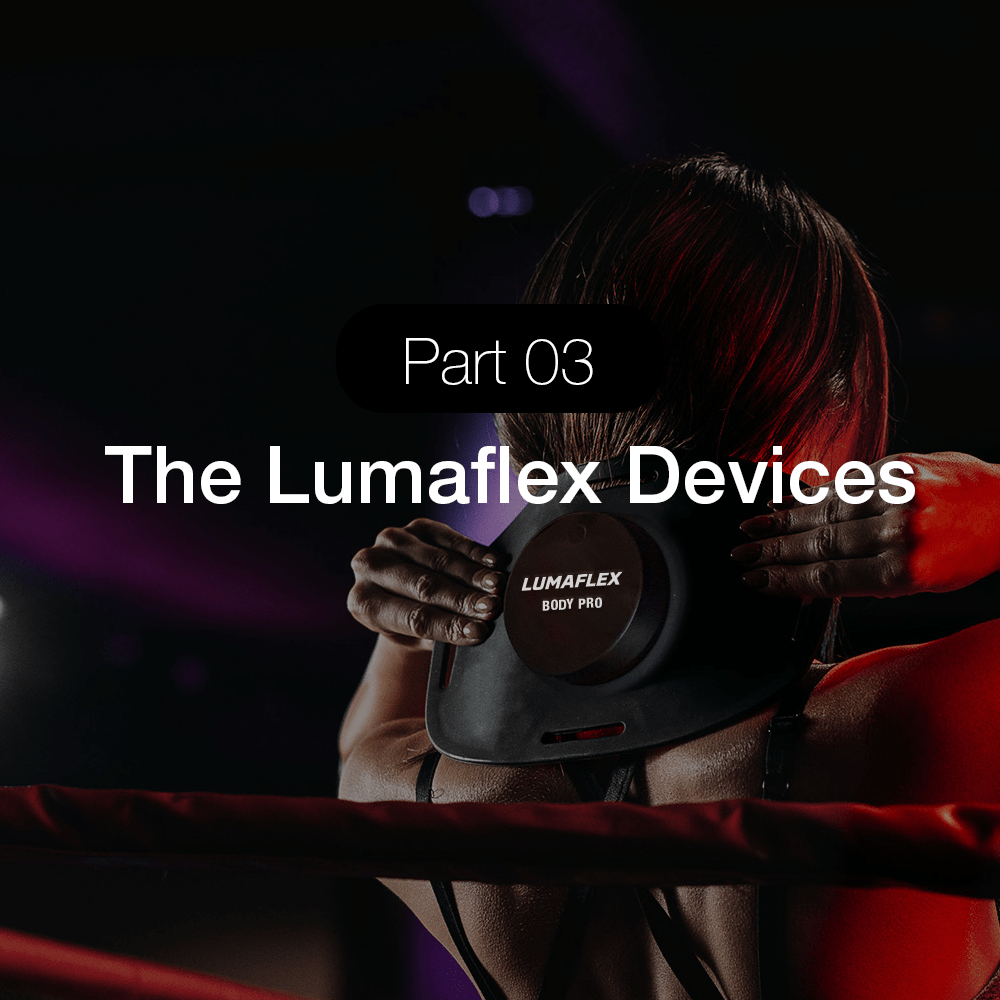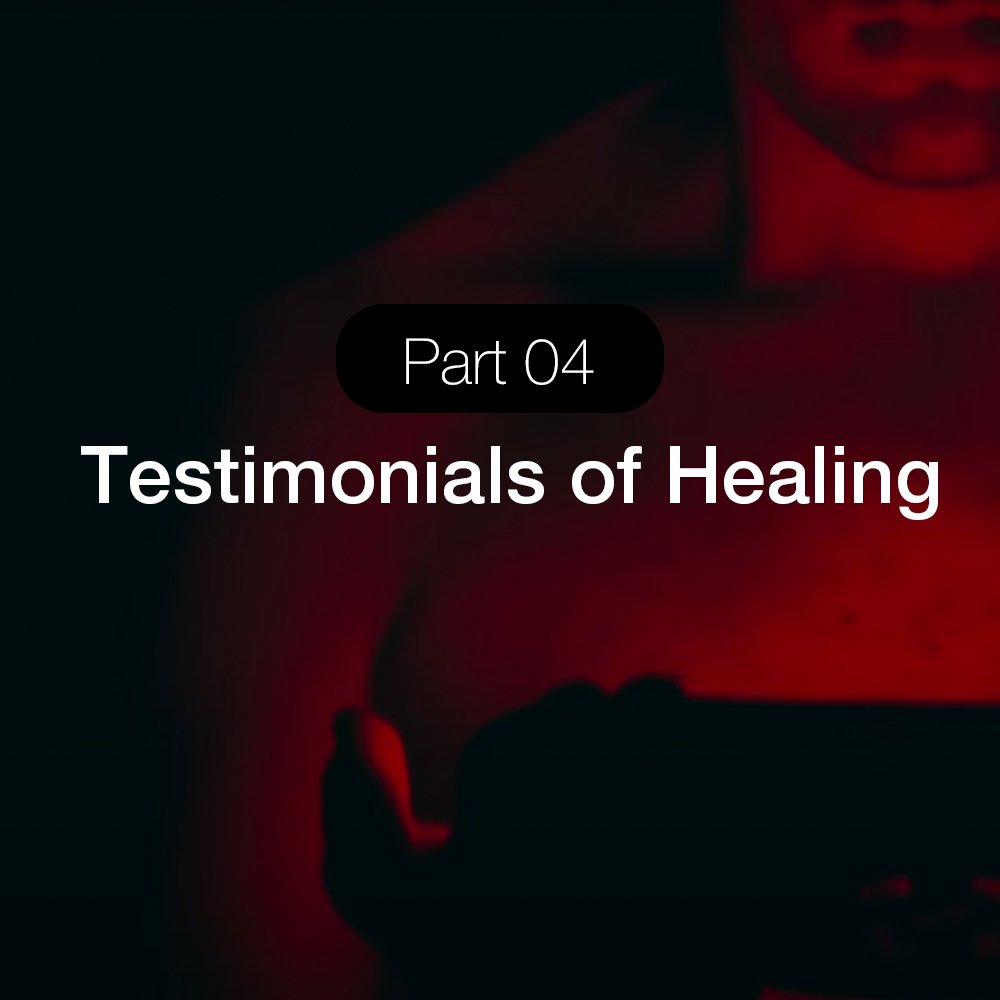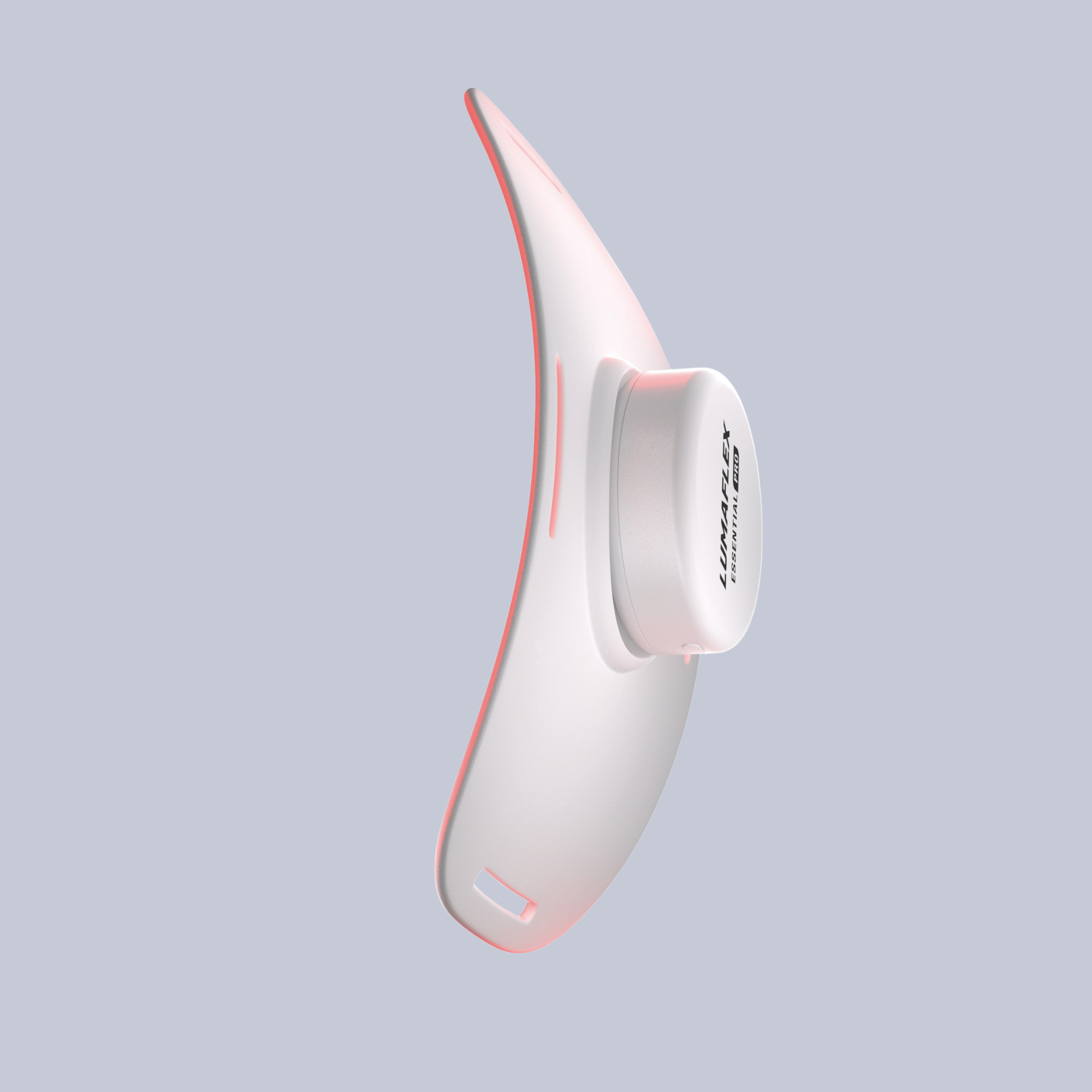Red Light Therapy for Gut Bacteria & Digestive Health

Red Light Therapy for Gut Bacteria & Digestive Health
Red Light Therapy for Gut Bacteria: Your gut is more than a place where food is broken down. It houses trillions of bacteria that influence digestion, immunity, energy, and even mood. When these microbes stay in balance, you often feel sharper, lighter, and more resilient. When balance slips, problems such as bloating, fatigue, and low mood can appear.
Researchers are now exploring whether light can help. Red light therapy, already used for skin and muscle recovery, is showing potential as a supportive tool for the gut. Early studies suggest it may dial down inflammatory signals, strengthen the intestinal lining, and encourage the growth of beneficial bacteria.
In this article, you will learn what current research reveals, the possible benefits, and how to use red light therapy to support digestive wellness at home. You will also see how Lumaflex makes safe and effective use of this technology simple to integrate into daily life.
Table of contents
Why Gut Health Matters
Inside your digestive tract lives an entire ecosystem of bacteria, viruses, and fungi, often referred to as the gut microbiome. This community does far more than break down food. It acts as a partner to your body, influencing digestion, immune strength, mood, and inflammation.
Here are a few ways balanced gut bacteria support your health:
- Digestion: They help break down fiber, produce vitamins such as B12 and K, and improve nutrient absorption.
- Immune defense: Nearly 70 percent of your immune system is located in the gut, where microbes train immune cells to recognize and respond to threats.
- Mood support: The gut produces most of the body’s serotonin, the chemical that helps regulate mood and sleep, which is why it is often called the “second brain.”
- Inflammation control: A diverse microbiome helps keep inflammation in check, protecting against chronic conditions tied to lifestyle and stress.
When this system falls out of balance, the result is called dysbiosis. Symptoms may include bloating, food sensitivities, fatigue, brain fog, skin flare-ups, or shifts in mood such as anxiety and irritability. Over time, an unhealthy microbiome can contribute to more serious conditions like IBS, IBD, or leaky gut.
Supporting a healthy gut environment is therefore essential. By protecting your microbiome, you build stronger immunity, steadier energy, and better mental clarity. This is why modern research continues to highlight gut health as a foundation for overall wellness.

How Red Light Therapy for Gut Health Works on the Microbiome
The idea that light could influence digestion might sound unusual, but research suggests it has potential. Red light therapy uses specific wavelengths that penetrate tissue and interact with cells in unique ways. While best known for supporting skin repair and muscle recovery, this same process may also benefit the gut microbiome.
Mitochondrial Support for Gut Lining
The lining of your intestines is constantly renewing itself, sealing out toxins while allowing nutrients to pass through. Red and near-infrared light can activate mitochondria, the energy producers inside each cell. This boost in cellular energy helps reinforce the protective lining of the gut, improve nutrient uptake, and repair small leaks that may otherwise contribute to discomfort.
Calming Inflammation in the Intestines
Chronic inflammation in the intestines often plays a role in conditions such as IBS or Crohn’s disease. Red light therapy has been shown to lower pro-inflammatory signals while encouraging anti-inflammatory activity. The result is a calmer environment where beneficial bacteria have space to thrive, leading to fewer flare-ups and reduced bloating.
Encouraging Microbiome Diversity
A balanced microbiome depends on diversity. Early animal studies indicate that red light therapy may encourage the growth of helpful strains like Allobaculum while reducing populations of harmful bacteria linked to inflammation. Although more human trials are needed, these findings suggest light exposure could play a role in promoting a healthier bacterial mix
Supporting the Gut-Brain Connection
The gut and brain communicate constantly through the vagus nerve. Red light therapy may strengthen this connection by improving circadian rhythm and supporting serotonin production. Since most serotonin is created in the gut, the result may include steadier moods, better sleep, and improved clarity.
By influencing energy, inflammation, bacterial balance, and gut-brain communication, red light therapy shows potential as a supportive tool for digestive wellness.

Scientific Evidence: Red Light Therapy for Gut Health and Microbiome
Scientific interest in red light therapy for gut health is still in its early stages, but the findings so far are encouraging.
- Animal studies: In 2019, research in Photomedicine and Laser Surgery showed that mice exposed to red light developed a more diverse microbiome, with an increase in helpful strains like Allobaculum. Other studies found improved gut barrier strength and reduced intestinal permeability, often called “leaky gut.”
- Human studies: Early trials remain small but promising. A 2025 paper in Medical Lasers reported that people with IBS experienced less bloating and abdominal pain after red light therapy. Pilot work in Crohn’s and ulcerative colitis also hints at better immune regulation.
Taken together, these studies highlight three consistent areas of impact:
Researchers emphasize that larger, long-term human trials are needed. Still, red light therapy is emerging as a low-risk and gentle approach worth exploring for digestive health.
5 Benefits of Red Light Therapy for Gut Health
Early research and user experiences suggest red light therapy may offer wide-ranging support for digestion and overall wellness. Here are the areas where it shows the most promise:
Digestive Comfort
Many people report less bloating, cramping, and irregularity with consistent use. By reducing irritation in the intestines, red light therapy may make daily digestion feel smoother and more predictable.
Microbiome Balance
A diverse gut microbiome is key to long-term health. Studies suggest light exposure can encourage helpful bacteria while reducing strains linked to inflammation, creating a more encouraging microbial diversity.
Immune and Gut Barrier Support
Because most of the immune system sits in the gut, reducing inflammation and improving gut wall resilience may lead to fewer flare-ups and greater resilience against stressors.
Mood and Energy Connection
Since the gut produces most of the body’s serotonin, better microbiome balance often translates into a steadier mood, clearer focus, and more consistent energy.
Red light therapy isn’t a stand-alone fix, but when combined with healthy eating, probiotics, and stress management, it can be a valuable tool for supporting digestive health.

How to Use Red Light Therapy for Gut Health at Home
Getting results with red light therapy for gut health comes down to consistency and proper technique. When used correctly, it can complement other healthy habits and strengthen your digestive system over time.
Best Device Placement: Abdomen
For gut-related benefits, place the device over your midsection, between the ribcage and hips. Keep it 6 to 12 inches from bare skin to allow the light to penetrate effectively. Flexible panels or handheld models make it easier to cover this area and provide targeted exposure.
Ideal Frequency and Duration
Short, regular sessions tend to work better than occasional use. Aim for 10 to 20 minutes per session, three to five times per week. Many people prefer morning use to align with the circadian rhythm, though post-meal sessions can also aid digestion. The key is building a rhythm you can maintain, since results often build gradually.
Targeted vs Full-Body Therapy
Shining light directly on the abdomen is best when addressing issues like bloating, discomfort, or bacterial imbalance. Full-body sessions are better for overall wellness, such as lowering inflammation or improving energy. If your device allows, combining both approaches may give the most comprehensive results.
Combining RLT with Gut-Friendly Habits
Red light therapy works best when combined with daily habits that nourish the microbiome. Eat fiber-rich foods such as oats, beans, and leafy greens, include probiotics from yogurt or sauerkraut, and practice stress-reducing activities like yoga or meditation. Together, these steps create a supportive environment for lasting gut balance.
Best Devices for Red Light Therapy and Gut Health
Not all red light devices are created equal, especially when it comes to supporting digestion and microbiome balance. Look for technology that uses clinically validated wavelengths and is designed for safe, consistent at-home use.
Lumaflex develops devices with these standards in mind. Built without harmful UV exposure and designed for everyday routines, they make it easier to bring the benefits of red light therapy for gut health into your lifestyle.

Red Light Therapy for Gut Health: Safety and Best Practices
Red light therapy is considered drug-free and well tolerated, but a few guidelines ensure you get the most from it without unwanted effects:
- Non-invasive and UV-free: RLT works at the cellular level and does not expose you to harmful UV rays. Most people tolerate it well.
- Stick to recommended times: Sessions of 10–20 minutes, three to five times weekly, are usually enough. Longer sessions won’t speed results and may cause irritation.
- Use as support, not a substitute: RLT can complement gut health strategies but should not replace medical treatment for conditions like IBS, IBD, or Crohn’s disease.
- Pair with a holistic approach: The best outcomes come when therapy is combined with diet improvements, probiotics, exercise, and stress management.
When used responsibly, red light therapy is a safe, supportive practice that fits easily into a healthy lifestyle.
FAQs About Red Light Therapy for Gut Health
Can red light therapy help with gut health?
Yes. Research suggests red light therapy may calm inflammation, strengthen the intestinal lining, and support a healthier gut microbiome.
How long should you use red light therapy on the stomach?
Most experts recommend 10–20 minutes per session, three to five times weekly. Consistency matters more than longer sessions.
Does red light therapy change gut bacteria?
Early studies show red light therapy may increase beneficial strains while lowering harmful ones, improving microbiome diversity.
What is the fastest way to heal the gut microbiome?
Combine fiber-rich foods, probiotics, stress reduction, and supportive tools like red light therapy for faster, lasting results.
Is red light therapy safe for IBS and IBD?
Generally yes. It may reduce gut inflammation, but patients with diagnosed conditions should consult a healthcare provider first.
Can red light therapy be combined with probiotics or diet changes?
Yes. Using red light therapy alongside probiotics and a nutrient-dense diet supports long-term gut health.
Which device works best for gut health?
Devices designed for abdominal use with clinically tested wavelengths are most effective. Lumaflex offers safe, at-home options.
Final Thoughts on Red Light Therapy for Gut Health
Your gut microbiome shapes digestion, immunity, energy, and even mood. When this balance is disrupted, the effects ripple through your entire body.
Red light therapy offers a a supportive, non-drug option to support gut health by calming inflammation, reinforcing the intestinal lining, and encouraging beneficial bacteria. The greatest results come from steady use and pairing it with gut-friendly habits like a balanced diet, probiotics, and stress management.
If you’re ready to take the next step, consider adding red light therapy to your wellness routine. With the right at-home device, such as those offered by Lumaflex, you can make gut support simple and consistent while working toward long-term health from the inside out.

